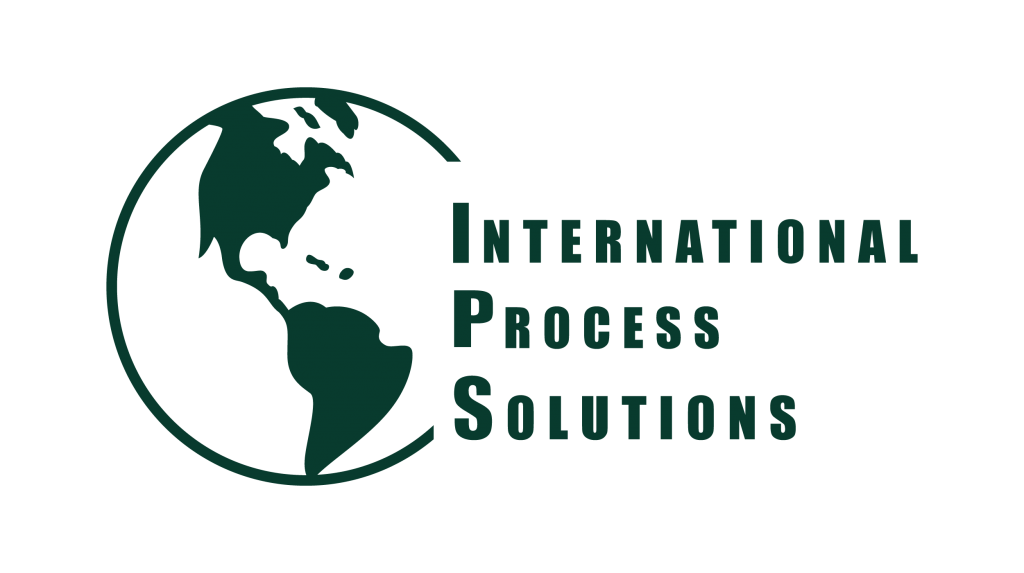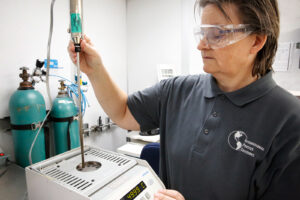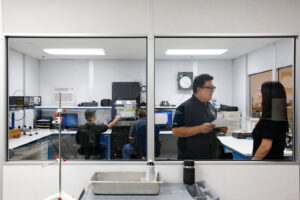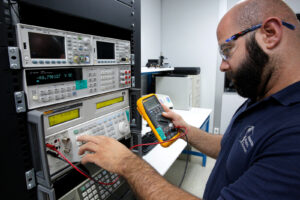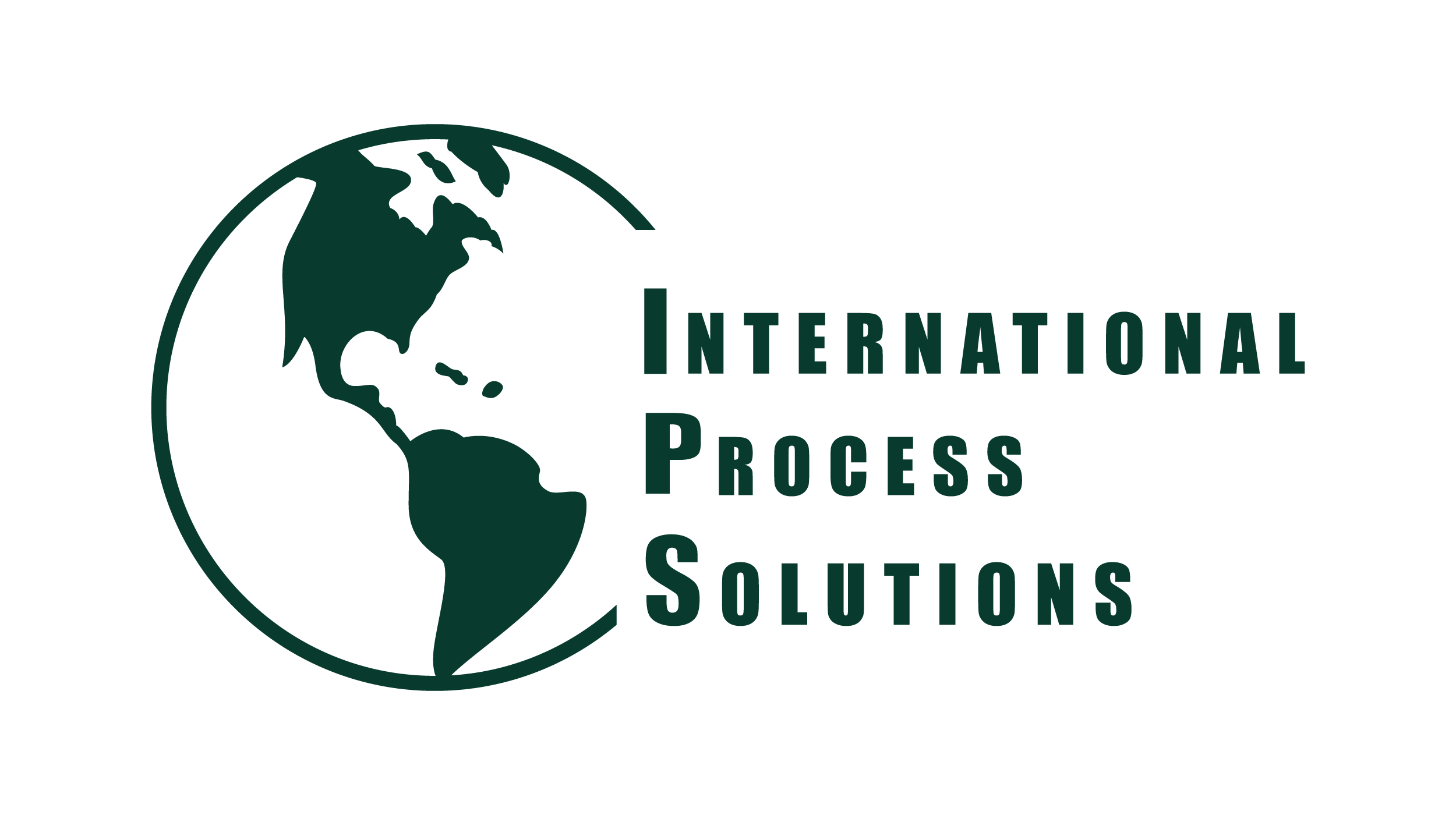Ensuring accuracy and precision in laboratory work relies heavily on the proper calibration of pipettes. A well-calibrated pipette guarantees reliable results, minimizes costly errors, and supports compliance with industry standards. At our organization, we place strong emphasis on adhering to best practices for pipette calibration, so laboratories can consistently achieve the highest level of performance and data integrity.
Understanding the Importance of Pipette Calibration
Pipettes are indispensable tools in modern laboratories, yet even minor deviations in their accuracy can lead to significant issues. Over time, pipettes are prone to wear, environmental influences, and handling errors, all of which affect their precision. Regular calibration:
- Verifies accuracy of delivered volumes
- Prevents contamination risks
- Extends instrument lifespan through preventive maintenance
- Supports regulatory compliance in GMP, ISO, and GLP environments
By implementing a structured calibration plan, laboratories safeguard both their reputation and the reliability of their research or production outcomes.
Establishing a Calibration Schedule
Consistency is key when planning pipette calibration. Best practice includes:
- Routine calibration every 3 to 6 months, depending on usage frequency
- High-volume use pipettes tested more frequently, often every month
- Critical applications (clinical diagnostics, pharmaceutical production) following stricter schedules as outlined by governing bodies
Maintaining a detailed log of calibration dates, adjustments, and outcomes ensures traceability and audit readiness.
Environmental Considerations During Calibration
Calibration accuracy is influenced by laboratory conditions. To achieve reliable results, laboratories should:
- Maintain a stable temperature (ideally 20–25°C)
- Regulate humidity levels to prevent evaporation errors
- Ensure clean air circulation free of dust and contaminants
- Allow pipettes and liquids to equilibrate to room temperature before calibration
Even minor fluctuations in temperature or humidity can significantly affect volumetric accuracy, making controlled environments essential for dependable calibration results.
Gravimetric Calibration Method
The gravimetric method is considered the gold standard for pipette calibration. It involves weighing dispensed liquid and comparing the result with the expected volume. Steps include:
- Preparing a balance with microgram accuracy
- Using distilled water as the calibration medium
- Weighing multiple samples at different volumes (10%, 50%, and 100% of pipette capacity)
- Recording measurements and calculating deviations
- Adjusting pipettes to bring them within acceptable tolerance limits
This method provides both precision and traceability, making it the most widely accepted calibration practice in laboratories worldwide.
Alternative Calibration Methods
While gravimetric calibration is standard, some labs adopt photometric calibration, particularly for multi-channel pipettes. This method uses absorbance values of dye solutions to verify accuracy and is especially effective in high-throughput labs. Although less common, it provides a quick check without requiring balances.
Proper Pipette Handling for Accuracy
Calibration is not just about equipment but also about user technique. To maintain accuracy between calibrations, laboratory staff should follow best handling practices:
- Pre-wet tips before dispensing to condition the air cushion
- Hold pipettes vertically when aspirating to reduce volume errors
- Immerse tips correctly (1–2 mm for micropipettes)
- Dispense smoothly without jerking movements
- Avoid touching vessel walls with tips during aspiration or dispensing
Training laboratory staff on proper pipetting techniques greatly reduces variability and enhances calibration effectiveness.
Preventive Maintenance During Calibration
Every calibration session should include a visual and functional inspection of pipettes. Preventive steps include:
- Checking for cracks or damage on the body and tip cone
- Inspecting seals, o-rings, and pistons for wear or residue
- Cleaning and lubricating internal components
- Replacing defective parts before recalibration
These measures extend the life of pipettes while ensuring consistent performance.
Calibration Documentation and Traceability
Regulatory compliance requires thorough documentation. Best practices include:
- Recording calibration data (before and after adjustment)
- Issuing certificates of calibration with traceability to national or international standards
- Maintaining digital calibration logs for easy retrieval during audits
- Labeling pipettes with calibration due dates for quick identification
Comprehensive documentation ensures accountability and provides evidence of compliance with ISO 8655 and other relevant standards.
Third-Party Calibration vs. In-House Calibration
Many laboratories debate whether to perform calibration internally or outsource to accredited providers.
- In-House Calibration
- Cost-effective for large labs
- Immediate turnaround
- Requires skilled staff and specialized balances
- Third-Party Calibration
- Provides ISO/IEC 17025 accreditation for maximum reliability
- Ensures independent verification
- Reduces internal labor and equipment investment
For critical or regulated industries, outsourcing calibration to accredited service providers is often the preferred best practice.
Frequency of Verification Between Calibrations
Between scheduled calibrations, intermediate verification checks are highly recommended. These quick checks involve dispensing a set volume into a balance and confirming that results fall within tolerance. They provide early warning signs of potential drift or damage, ensuring pipettes remain reliable until their next formal calibration.
Adhering to ISO 8655 Standards
The international standard ISO 8655 outlines precise guidelines for pipette calibration, including testing procedures, tolerances, and documentation. Laboratories aligning with ISO 8655 benefit from:
- Globally recognized compliance
- Standardized calibration procedures
- Clear acceptance criteria for accuracy and precision
Adhering to these standards strengthens quality control and ensures results are universally trusted.
Common Errors to Avoid During Calibration
Even experienced technicians can encounter errors that compromise calibration. Best practices call for avoiding:
- Using contaminated tips that skew results
- Skipping equilibration time for liquids and pipettes
- Over-immersion of tips leading to air bubble formation
- Incorrect balance calibration before weighing samples
Eliminating these errors increases confidence in calibration results and minimizes costly repeat testing.
Ensuring Reliable Pipette Performance
Proper pipette calibration is the cornerstone of accurate, reproducible laboratory results. By adhering to strict schedules, controlling environmental factors, following ISO standards, and prioritizing documentation, laboratories can achieve the highest level of confidence in their data. Whether calibration is performed in-house or outsourced, following these best practices ensures pipettes deliver reliable performance and contribute to scientific integrity.
